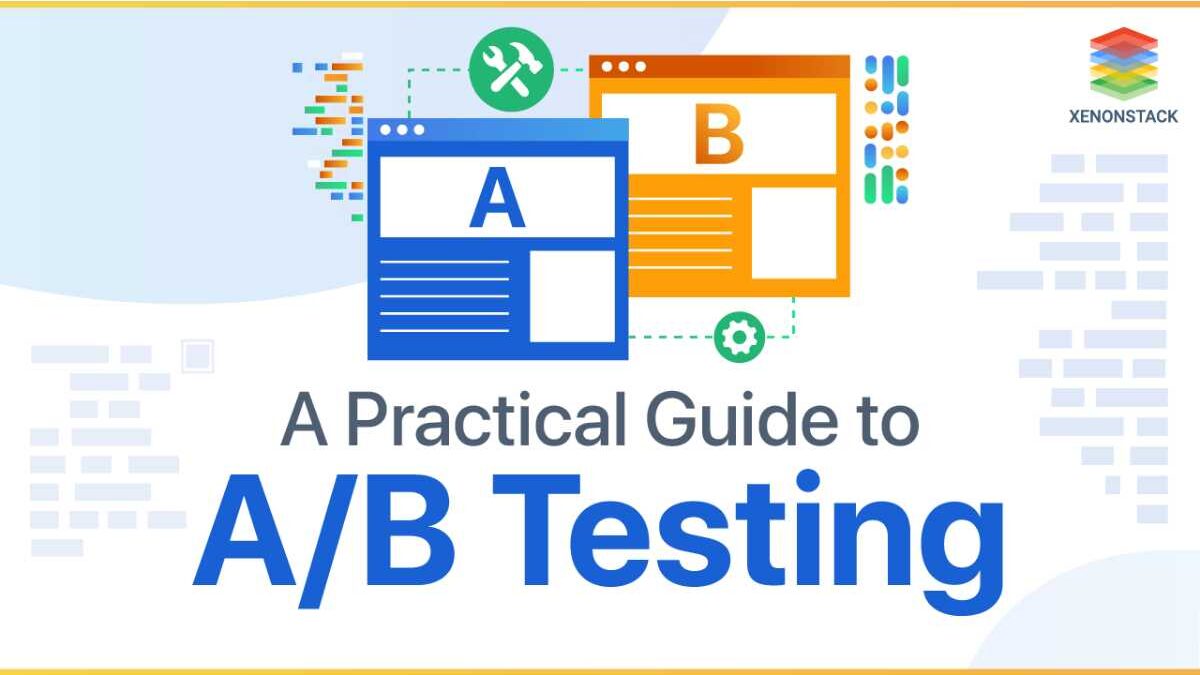A/B testing (bucket or split testing) compares the two versions of an app or webpage to check which performs better. It determines the experiment where more than one type of page is shown to people by random and statistical analysis to see which performs better based on a given goal. Measuring changes’ impact on the metrics will ensure that every change will have a positive result.
Process of A/B Testing
Collection of Data: With the help of analytics tools, you will help you provide the data where you start optimizing. It begins with the traffic criteria of your website that will collect the data faster. It is also essential to look for pages with high bounce rates requiring improvements. This helps in conversion rate optimization. And also look for other resources for insights like social media and more.
Recognize Goals: Setting the conversion goals will help you determine whether the variation shows better results than the original version. You have different plans, like users visiting your website, a lower bounce rate, or clicking on a link to buy a product.
Work on Test Hypothesis: As we have discussed the goals, the next step will be generating the A/B testing that you think will be better than the original version. Once you have decided on your goals and made the list, you can start working on the testing.
Develop Different Variations: With the help of A/B testing software, you can make required changes to any factor of your website or an app. This could be swiping the page template, changing the navigation elements, or changing the color of any button. You can take the help of a visual editor to make changes quickly. Then, run a test to see if your experiment with different versions gives you better results than the original one.
Analyse Results: After the experiment is completed, it’s time for you to analyze the results. The AB testing software will provide you with the data from the investigation and show you the difference between how two versions of the web page have performed. And if there is any statistically significant change. It is essential to have a positive change.

